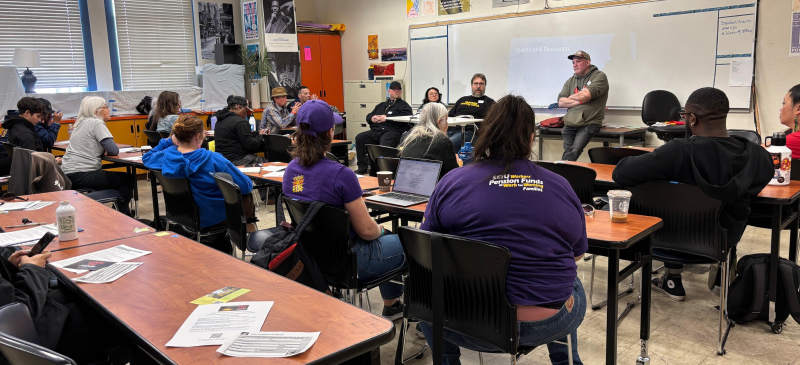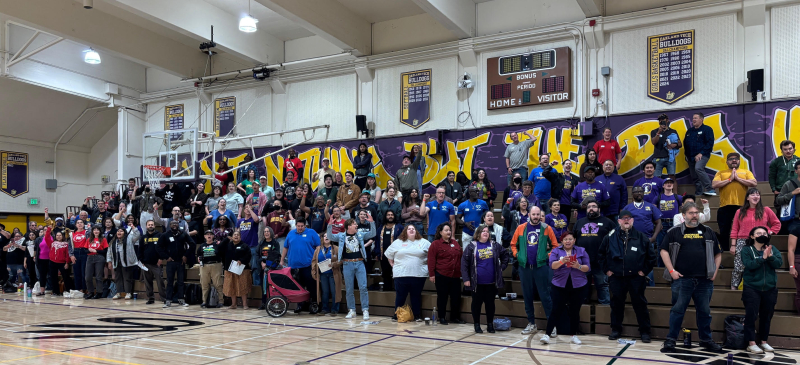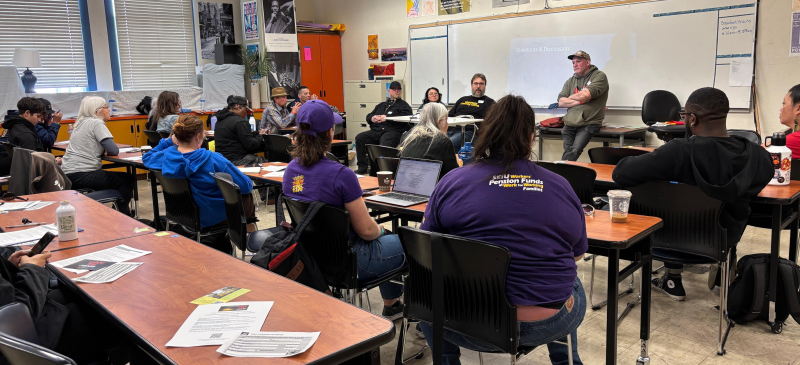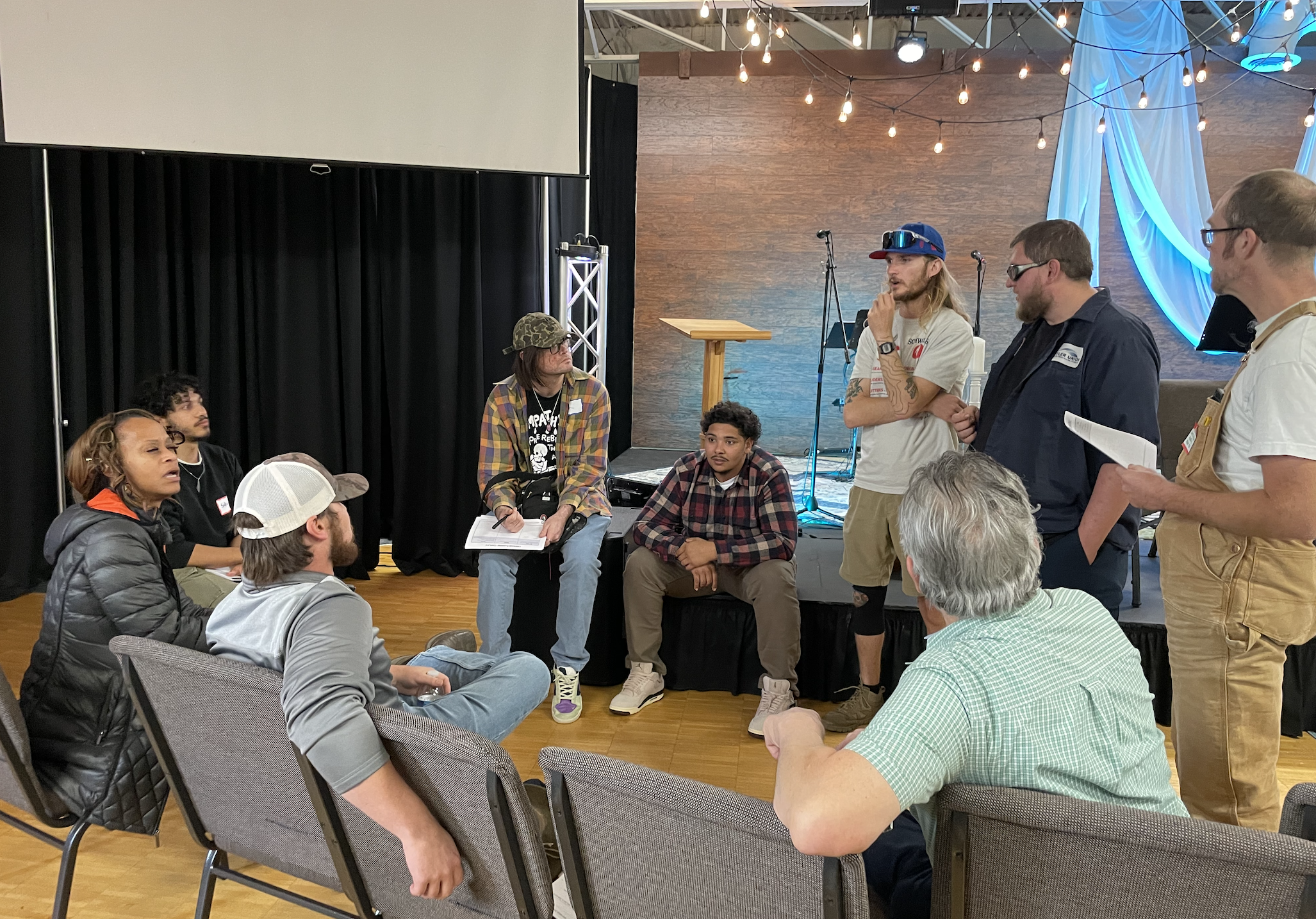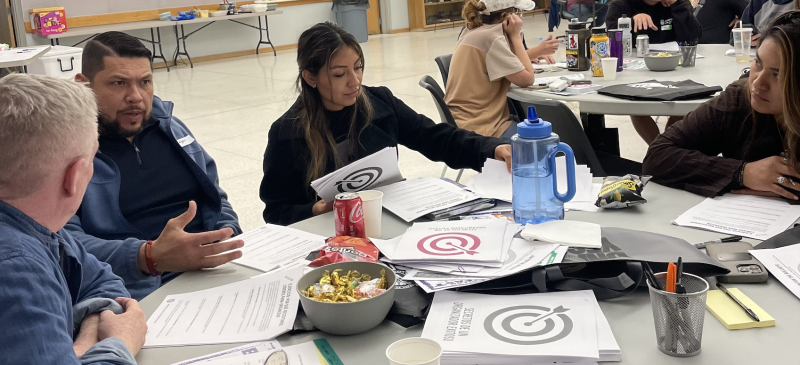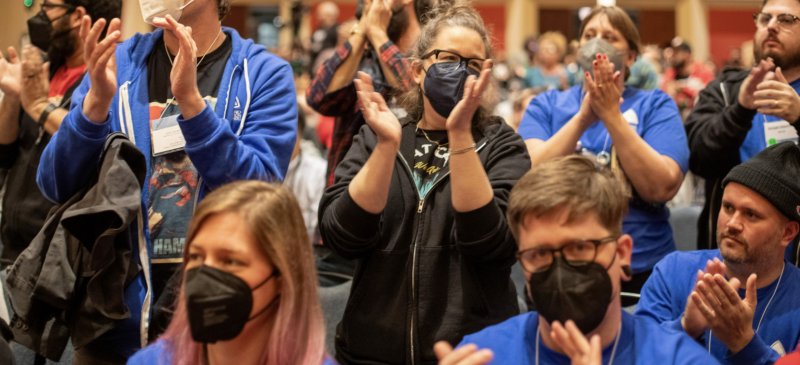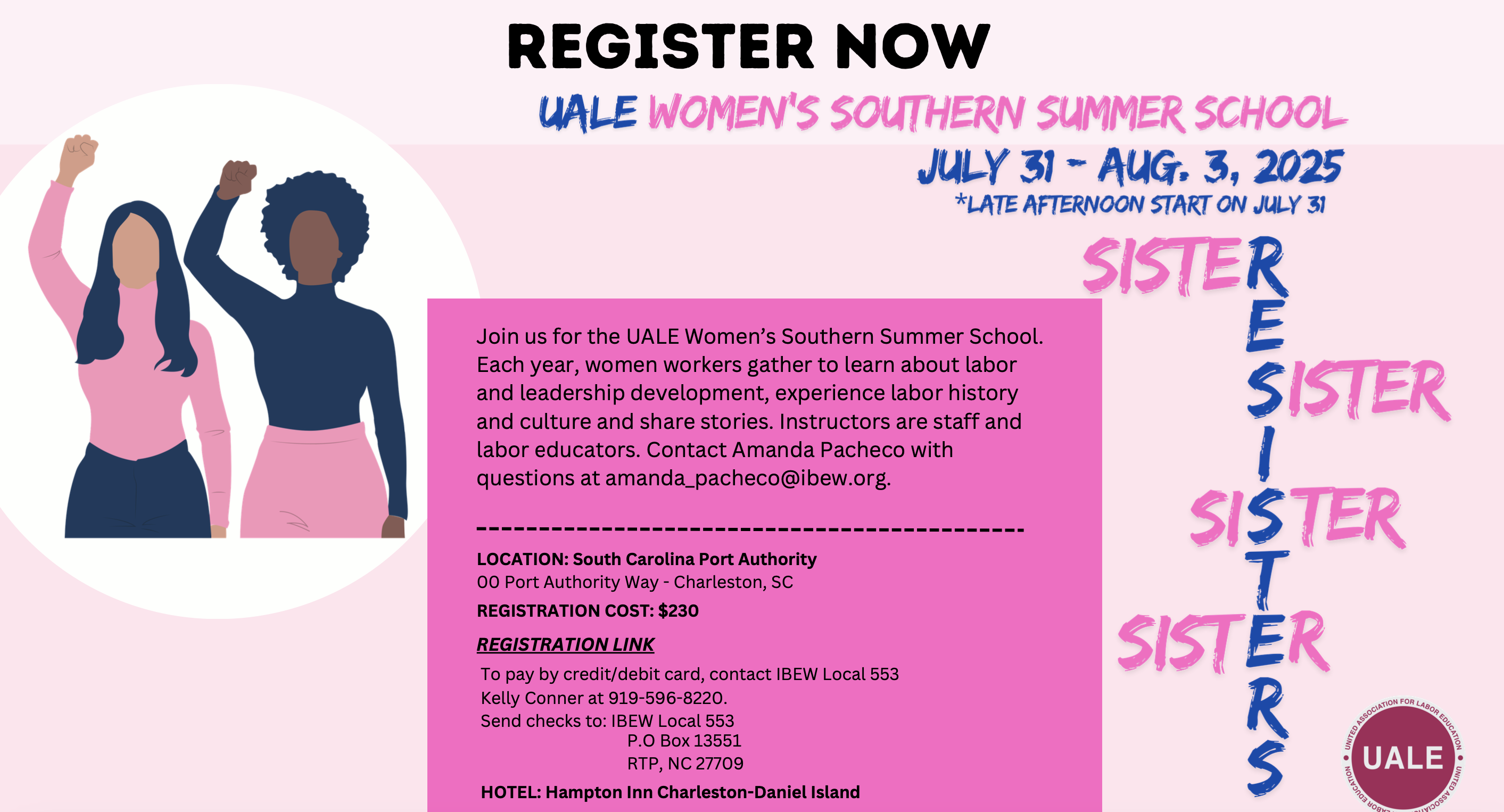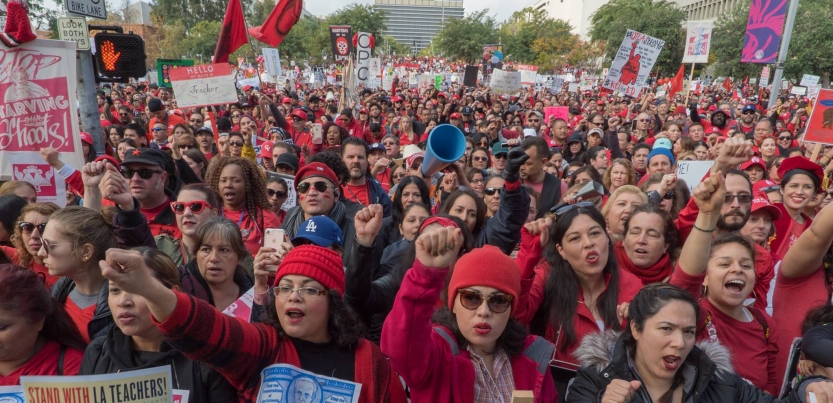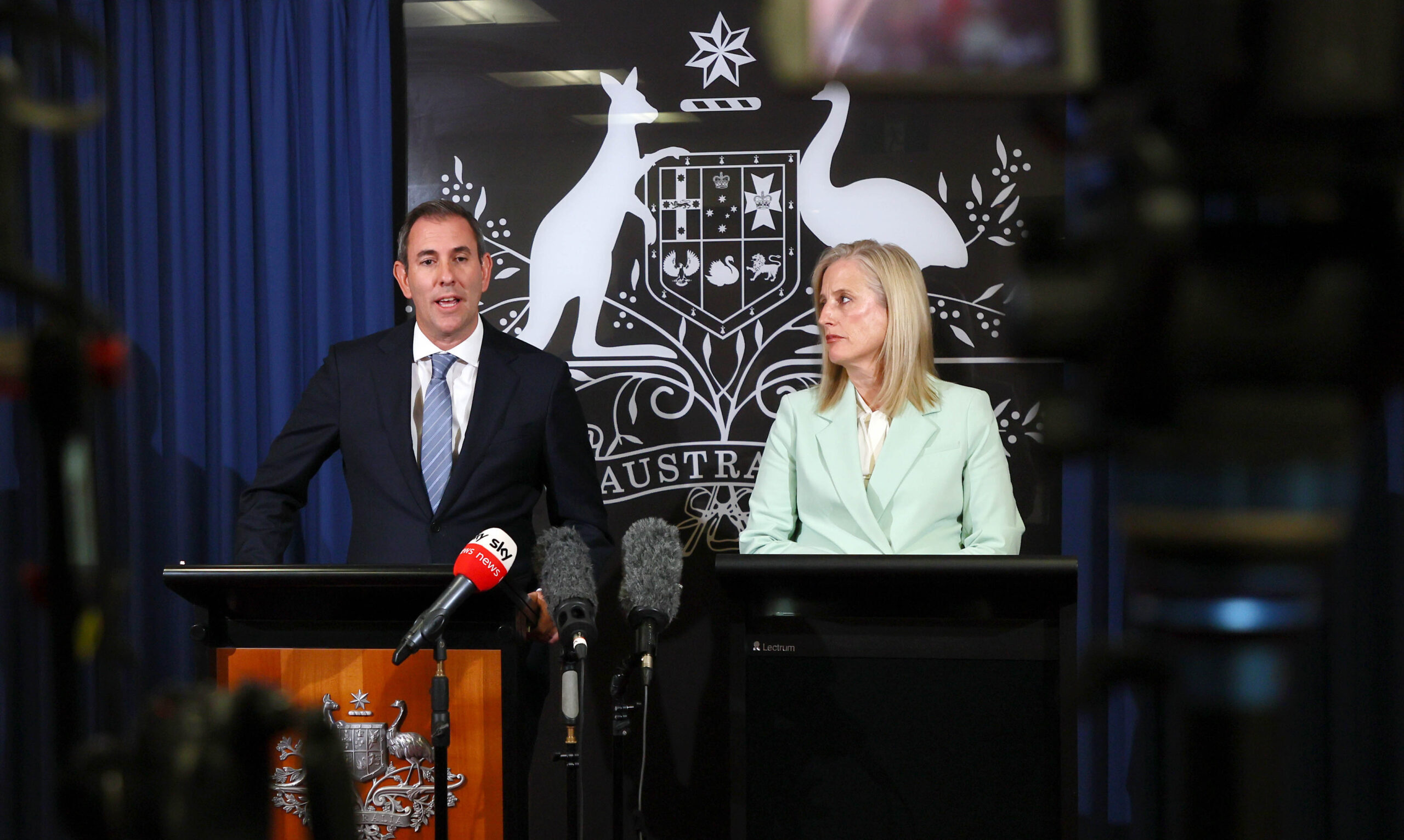According to Tom Drake of the New Mexico Historic Preservation Division, “the town never recovered from the disastrous flood of 1908.”
On that day – August 27, 1908 – a freak storm struck the town with only a few hours warning, leading to tragic results. Earlier that summer hay was cut and the leftover stalks littered the fields around the river’s headwaters. “When the rains came the water collected the hay stalks and other debris and carried them along until they began to block the small railroad bridges. When these impromptu dams gave way, the resulting surge added to the already swelling river.” (Mike Schoonover, Folsom Area History, 2010)
People living upriver sounded the alarm by calling Folsom’s switchboard operator, Sally Rooke. Sally began ringing townspeople who had a telephone, warning them to escape the impending flood. She stayed at her station, contacting over 40 people who were saved from the flood. Then the rushing waters washed away her building.
“Residents of the town who lived on high ground and beyond the reach of the torrent, saw houses containing families crying for aid swept away before their eyes, powerless to render them any assistance.”
Along with drowned cattle and horses, Sally’s body was found 12 miles downstream still wearing the headpiece worn by telephone operators. She died along with 17 other people that day.
Eighteen years later the town honored her with a small memorial, donated by the contributions of telephone operators around the country. In 2007 the New Mexico Dept. of Cultural Affairs erected a historic marker in her name. Sally Rooke joins other notable women of New Mexico as part of that state’s Historic Women Marker Initiative.






